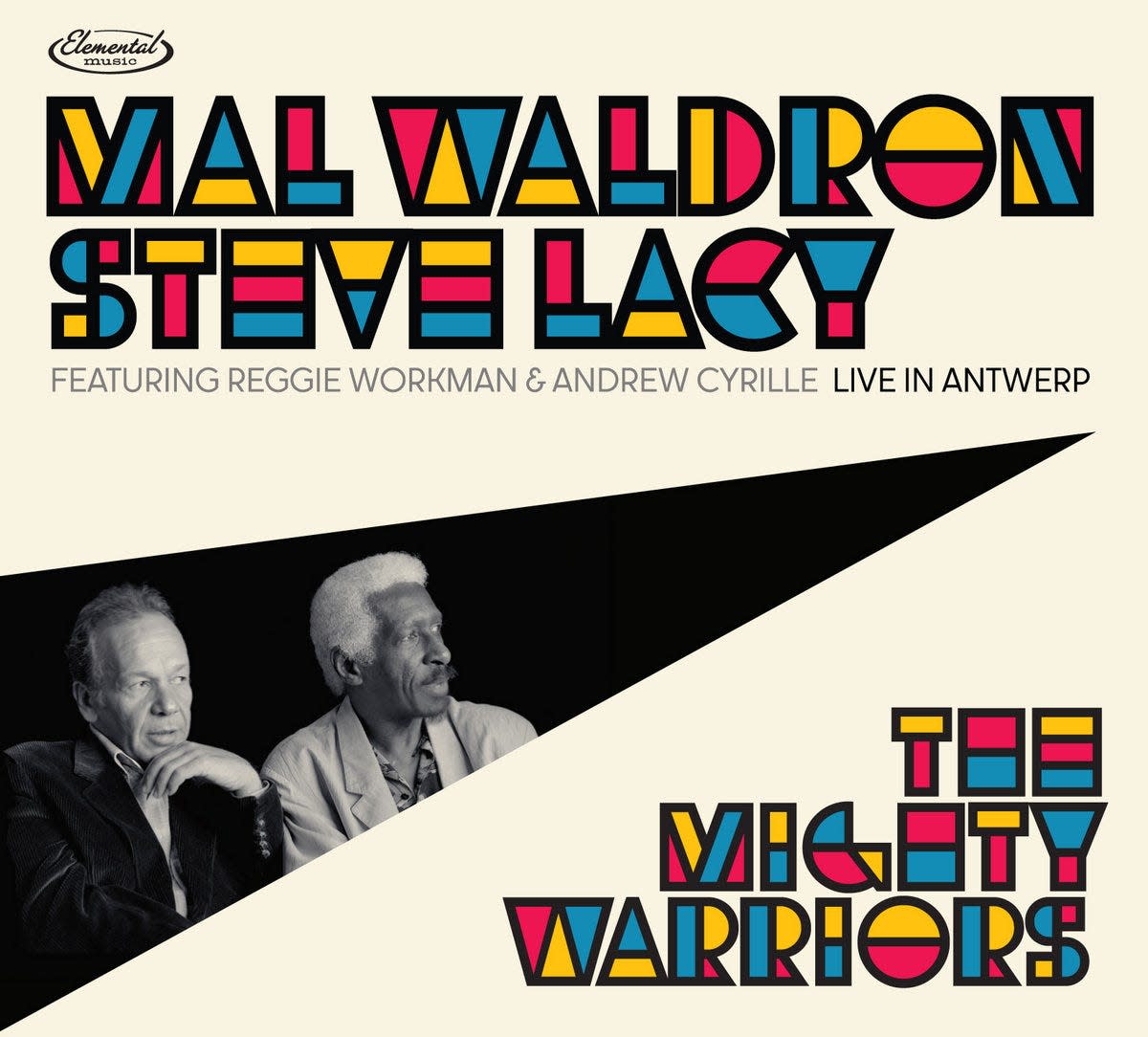Notes and tones: Fresh Waldron-Lacy release underlines vibrant time in jazz history

I was fortunate enough to catch pianist Mal Waldron and soprano saxophonist Steve Lacy in a duo setting during the late 1970s. Both spent extended periods of time as European-based expatriates, so they were not stateside that often.
When they did return — generally once a year — it was a big deal in certain circles, among those who appreciated their riveting skillset; it was a sure bet they would perform somewhere, if not on multiple occasions, in New York City.
If memory serves me, I saw them at Greenwich Village’s most famous duo room, Bradley’s, located on University Avenue and East 10th Street near the NYU campus. By then Bradley’s, which had Paul Desmond’s nine-foot Steinway bequeathed to it, had become the world’s most famous duo room.
Bradley’s leaned heavily on presenting delicious piano-bass combinations, or perhaps solo piano. Still there were exceptions and, I believe, Waldron and Lacy were one such example.
I was also able to see Waldron and Lacy in quartet, as they are heard on the forthcoming double-CD limited-edition set “Mal Waldron and Steve Lacy: The Mighty Warriors,” featuring Reggie Workman and Andrew Cyrille, available April 26. The previously unreleased material, courtesy of Elemental Records, captures the seemingly never-ending creativity and imagination of the foursome in a live concert setting in Antwerp, Belgium in September 1995.
According to liner notes from Adam Schatz, Waldron and Lacy’s collaborative efforts date to a 1958 appearance at the long-now-defunct Five Spot Cafe, then one of the seminal jazz clubs in New York. Located in the Bowery in Greenwich Village, the venue was only open for seven years, 1956-1962.
While in operation, the café was a hotbed for Beat writers such as Jack Kerouac, and artists and cultural happenings of the day; what brought everyone together was the music. Not surprisingly, the club catered to many of the modern and avant-garde jazz titans, musicians such as Charles Mingus, John Coltrane, Cecil Taylor, David Amram and Thelonious Monk. Waldron and Lacy surely would have fit right in.
In the late '60s through the late '70s, you could also see some iteration of The Mighty Warriors performing under The Loft Scene banner. Located in pre-gentrified Greenwich Village, and below its southern tip in Soho, such “venues” were artist-rented or -owned abodes located in abandoned factories and other manufacturing spots. In some cases, tenants were considered squatters.
There were a great many “artist colonies” springing up in Greenwich Village and Soho. Some of the more sophisticated or organized spaces belonged to forward-thinking jazz musicians who were, at the time, on the front lines of improvisational, experimental, and so-called free jazz.
Drummer Rashied Ali, who played with Coltrane, opened Ali’s Alley. In an interview with The New York Times, Ali said at the time, jazz lofts “started as places to rehearse and jam. Then like in the [19]20s, they turned into ‘rent parties.’ Back in the [19]60s, you could get a loft for next to nothing — just to watch the building for a cat who didn’t want to brush the bums off his doorstep. At first, you had to know a musician to get into the loft.”
Ali would eventually get a liquor license as well as serve food; Ali’s Alley opened in 1973. Multi-instrumentalist Sam Rivers opened Studio Rivbea, where he also produced and issued live recordings on a label of the same name. There were other bourgeoning places. One was The Tin Palace, a street-level venue where saxophonist David Murray of the World Saxophone Quartet lived upstairs and helped initiate a Sunday-night jazz series.
Mind you, Waldron and Lacy, while they did not fully fall entirely into the avant category, certainly and intermittently felt comfortable doing so. Anyone who listens to “The Mighty Warriors” will surely sense that.
The two men’s affinity for interpreting Monk’s music is on full display. There are elongated readings of “Epistrophy,” a personal favorite of mine, and “Monk’s Dream,” representing two of the four selections on disc one. Disc two houses a pair of pieces, each 24-plus minutes in length. One is Workman’s “Variation of III” and the other is a two-part Waldron medley, “Snake Out” and “Variations On A Theme By Cecil Taylor.”
“Warriors" is creativity at its finest; no boundaries. It is a sonic feast that shows a true understanding of how to use space, know when less is more, and vice-versa. I remember seeing Cyrille play Murry’s, working at the time with the late pianist John Hicks. At one point, the drummer — set in the far corner before the restaurant expanded and its capacity was 100 people — left his drums, stood up and seamlessly used the wood lattice wall as his percussion. To say he didn’t miss a beat, well, that would be an understatement.
In many ways, the Waldron-Lacy “new” release with bassist Workman and drummer Cyrille, who survive, serves as a document to remind us of both of the foursome’s great musicianship and of a particular slice of modern jazz history. It is a document that fortunately includes a lengthy liner booklet filled with musicians’ and others’ recollections that augment the proceedings. I suggest reading and listening at the same time. It is the hip thing to do.
Jon W. Poses is executive director of the “We Always Swing” Jazz Series. Reach him at jazznbsbl@socket.net.
This article originally appeared on Columbia Daily Tribune: Notes and tones: Fresh Waldron-Lacy release underlines vibrant time in jazz history
